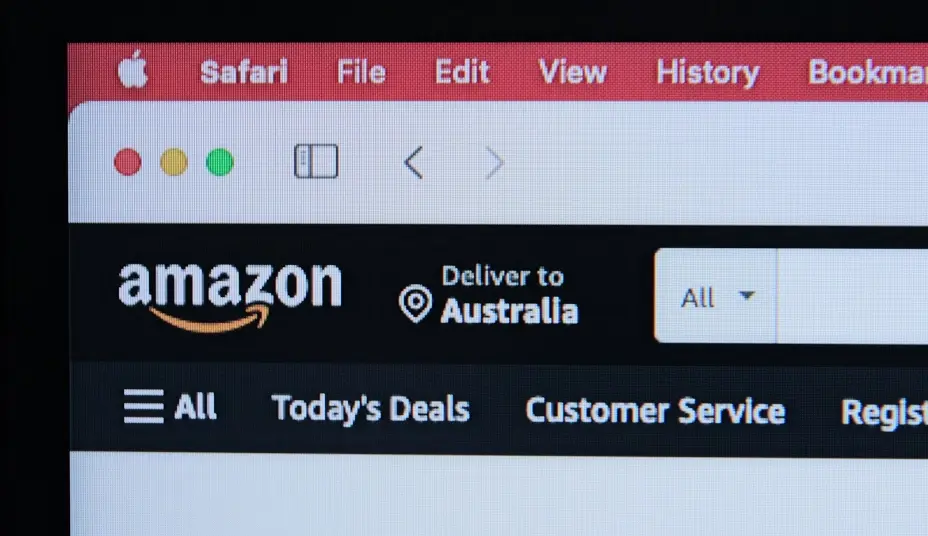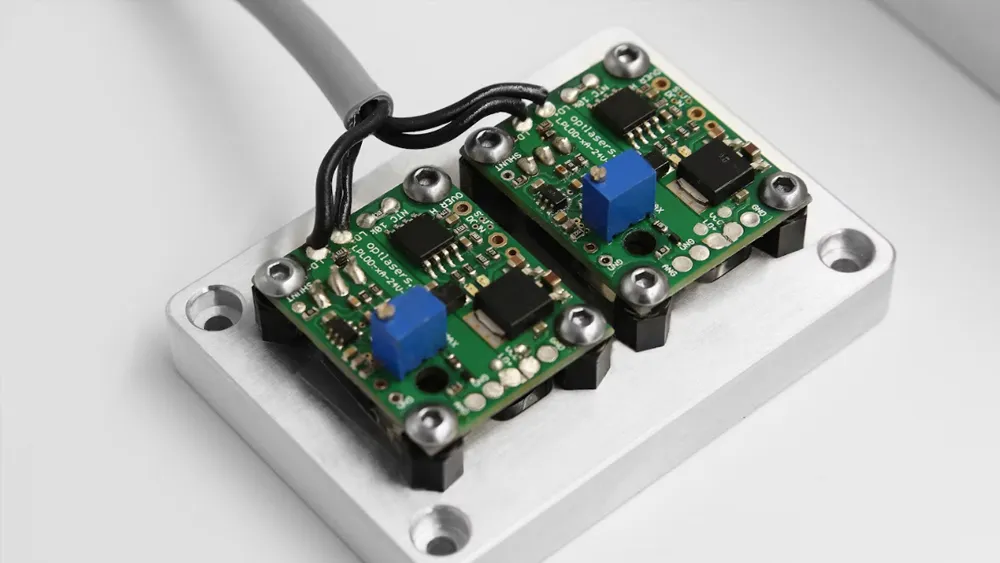
EN 13120 Certification Test for Blinds
Children's safety is of utmost importance. However, common interior shading products like blinds and vertical blinds, which are manually operated using chains or cords, can pose serious strangULation hazards to children if the cords or chains are installed at unsafe heights.
To address this, the European standard en 13120mandates that all manufacturers of visual and sun protection products implement child safety mechanisms. Blinds using cords, looped chains, or internal cords must be equipped with corresponding safety devices depending on their structure—such as cord tensioners, cord collectors, or cord stoppers.
EN 13120 - Internal Blinds: Performance Requirements Including Safety
Key Definitions in EN 13120
1. Operating loop: A fixed-length looped cord, chain, or bead chain used for operation (e.g., single-control bead chain for vertical or venetian blinds, endless bead chain for roller blinds).
2. Pull cord or chain: External cord or chain used in the operating system to control the movement of the blind.
3. Hazardous loop: A loop formed by accessible cords/chains/bead chains that could encircle a child's head.
4. Hazardous cords/chains/bead chains: One or more accessible cords/chains/bead chains that can entangle or pose a strangulation risk to a child.
Child Safety Performance Requirements – General Provisions
1. Roller blind designs must adopt appropriate safety measures based on the type of pull cord or internal cord.
2. All products must bear a clearly visible child safety warning label.
3. Non-integrated safety devices(e.g., fixed tensioners, cord collectors):
a. Must be pre-attached to the cords before leaving the factory.
b. Must be deliveRED in their intended operating positions.
c. Must have warning labels on the device itself.
Blinds with Multiple Operating Loops
Internal Blinds with Operating Loop(s)
For blinds with operating loops, a breakaway systemor fixed tensioning systemmust be used to eliminate hazardous loops.
(1) Breakaway System Requirements
1. If the installation height H₀ is not specified: Cord length must be ≤ 2/3 of the blind height.
2. If the installation height H₀ is specified: The bottom of the cord must be at least 0.6 m from the floor.
3. When a 6 kg weight is applied to the cord, any hazardous loop must break within 5 seconds.
(2) Fixed Tensioning System Requirements
Cord length limitations depend on:
1. Blind height (H),
2. Installation height (H₀),
3. Distance from the floor to the bottom of the cord (H₁).
If H₀ is not specified:
i) For H ≤ 2.5 m, H₂ ≤ 1.0 m
ii) For H > 2.5 m, H₂ ≤ H − 1.5 m
If H₀ is specified:
H₁ ≥ 1.5 m
Additional requirements:
1. The gap between the two cords at the outlet of the tensioning device must be ≤ 50 mm.
2. The entire device must withstand a pulling force of 60 N without breaking or malfunctioning.
Blinds with Pull Cords but No Operating Loops
Internal Blinds with Pull Cord(s)
Applicable to blinds without closed loops but with multiple cords or uncontrolled cord lengths. Specific requirements include:
(1) Cord Length Limits
If H₀ is not specified:
i) For H ≤ 2.5 m, H₂ ≤ 1.0 m
ii) For H > 2.5 m, H₂ ≤ H − 1.5 m
If H₀ is specified:
H₁ ≥ 1.5 m
(2) If there are 2 cords, one of the following must be met:
1. Cords must not form entanglements. If they do, the hazardous loop must break upon applying a 6 kg weight, or within 5 seconds.
2. Cords must be connected via separation systems, which eliminate hazardous loops when a 6 kg weight is applied, or within 5 seconds.
(3) If there are more than 2 cords:
1. They must be connected using breakaway devices.
2. If there are more than 4 cords and suitable connectors are unavailable, they may be joined into a single common cord, but the breakaway device must be installed within 50 mmof the headrail.
(4) If the cord length cannot be fully restricted during use
An accumulation systemmust be installed to fully contain the entire cord length.
When the blind is fully retracted, and a 60 N force is applied to any cord, the released length must be ≤ 100 mm.
Blinds with Accessible Inner Cords
Internal Blinds with Accessible Inner Cords
Applicable to blinds with inner cords or tapes on the back (or inside), such as Roman blinds or cellular shades, which could be touched by children. If these cords can be accessed using the probe testas defined in EN 16433, they are considered "accessible."
To ensure safety, one of the following must be met:
(1) Structural design meets both:
1. The distance between two fixed points is ≤ 200 mm;
2. When a vertical force of 50 N is applied to the inner cord, the EN 16433 child head probemust not be able to enter the cord loop (i.e., no hazardous loop may form).
(2) If the above is not met:
A breakaway devicemust be installed: When a 6 kg weight is applied to the inner cord, the hazardous loop must break or separate within 5 seconds.
JJR LAB Support
JJR LAB provides professional services and support to manufacturers and distributors regarding blind regulations. We offer EN 13120and EN 16433/EN 16434testing to ensure that your products comply with safety and certification requirements.
Email:hello@jjrlab.com
Write your message here and send it to us
 What are ASTM F963 and CPSIA?
What are ASTM F963 and CPSIA?
 Comparison of ASTM F963 and EN 71
Comparison of ASTM F963 and EN 71
 How to get CSA C22.2 NO.256:14 Test Report?
How to get CSA C22.2 NO.256:14 Test Report?
 How much is the ISTA Amazon Packaging & Shippi
How much is the ISTA Amazon Packaging & Shippi
 Amazon Product Laboratory Testing Requirements
Amazon Product Laboratory Testing Requirements
 How to Get EPA Certificatio
How to Get EPA Certificatio
 What is EPA Certification in the United States?
What is EPA Certification in the United States?
 What is an FCC Registered Agent?
What is an FCC Registered Agent?
Leave us a message
24-hour online customer service at any time to respond, so that you worry!




